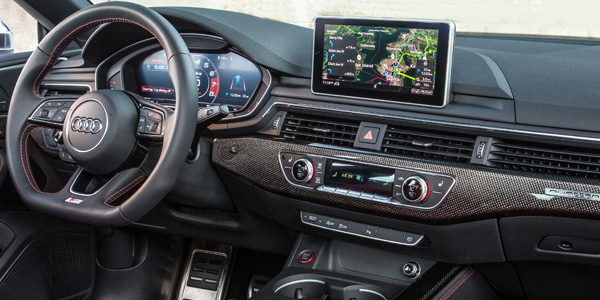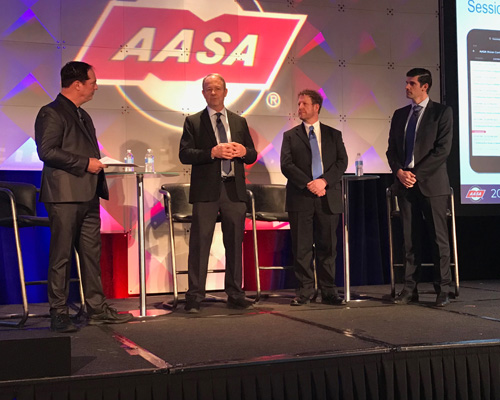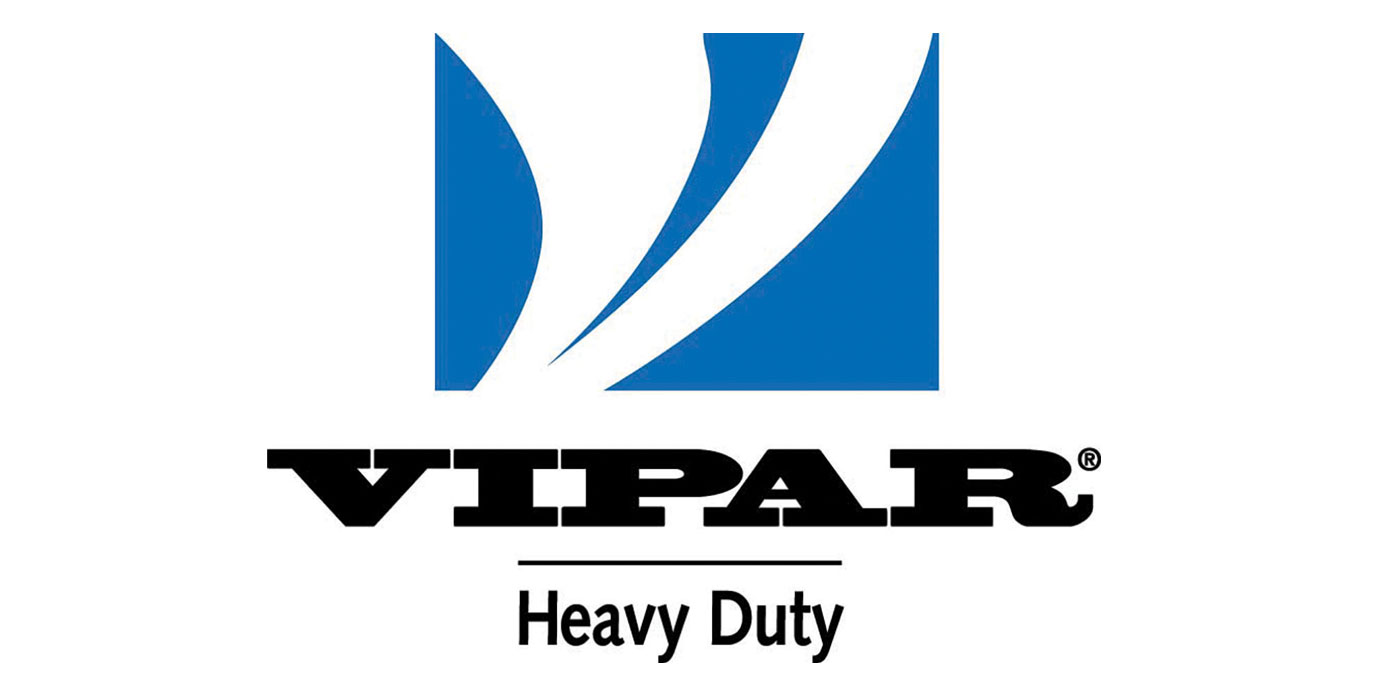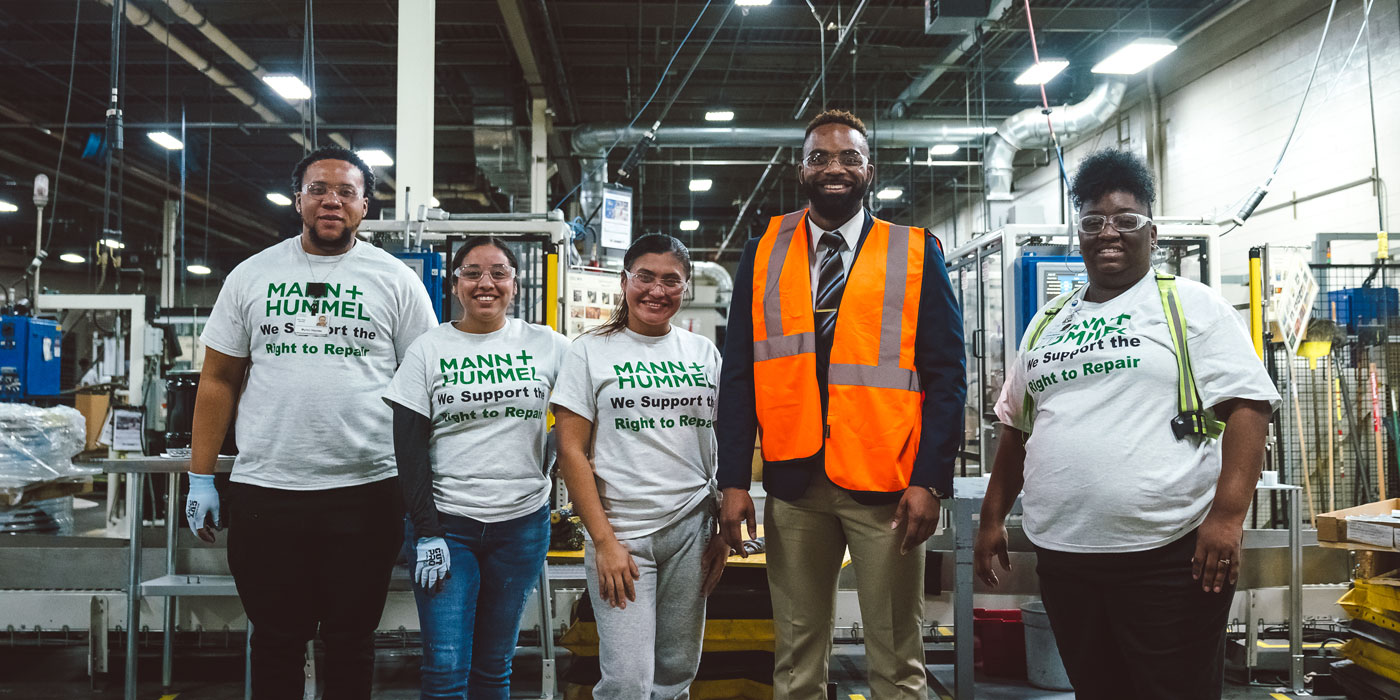
It’s been said that new vehicles have more lines of computer coding than a jumbo jet. As advanced driver-assistance systems (ADAS) become standard features on a growing number of mainstream models, independent shops will be seeing more and more of these high-tech cars, trucks and SUVs in their bays.
The question is: Are they ready for them?
Panelists at the 2019 Automotive Aftermarket Suppliers Association (AASA) Vision Conference in Dearborn, Michigan, had mixed opinions.
“At the end of the day, the vast majority of technicians have a level of fear that I haven’t seen in the last 20 years … in approaching the repair of vehicles with technology,” said Chris Chesney, senior director of customer training for Carquest Technical Institute.
While ADAS and electric-vehicle technology grab the headlines, technicians need a solid grasp on the fundamentals of electronics and data networks to be able to work on newer vehicles, Chesney asserted.
“I would say we’re struggling today to fix technology that’s in our service bay this afternoon,” he added.
Jeff Flood, manager of diagnostic strategy and methods for General Motors, emphasized that now, more than ever, techs need to follow the recommended repair procedures for the vehicle they’re servicing at that moment.
“When I talk to technicians or shop foremen or service managers about these vehicles, I often get a story about how they worked on a vehicle last week that behaved this way and now this vehicle doesn’t behave the same way at all,” Flood explained. “And when it’s an active safety system, I get concerned by discussions like that. Because I know that a 2013 vehicle may have a lane-departure warning system, and a 2017 may look exactly the same but have lane-departure warning and lane-keep assist. I can really only understand that by looking at the schematics and understanding what the specifics of that vehicle are and following the procedures for that vehicle.”
Dirk Fuchs, technical training manager for ZF Services, expressed confidence that shops and technicians are capable of repairing today’s high-tech vehicles, “honestly much better than the OE side.” As vehicle technology incorporates more artificial intelligence in the future, he sees cars getting smarter and easier to operate and fix.
At the same time, Fuchs said he worries about technicians taking the proper safety precautions when working on electric vehicles. “You make a mistake on a high-voltage system … you are dead,” Fuchs asserted.
Training Needs to Improve
All of the panelists agreed on one thing: Training and education for technicians – at least in the United States – needs to evolve to match the demands of today’s high-tech vehicles. Fuchs recalled coming to this country from Germany several years ago, and his former manager telling him, “Dirk, training here is different.”
“Here … we talk about problems and solutions. Americans don’t want to waste their time with anything else,” Fuchs said. In his opinion, U.S. technicians rely heavily on experience more so than knowledge.
Flood, a former technician, agreed.
“I was trained in pattern recognition,” Flood recalled. “The message was you go to school, you learn how to fix the cars, then you come back and you’re going to take a bath on the first three or four that you work on, but eventually you’re going to figure out how to wrench around it and you’ll start to make money. That’s how I was trained, and this is exactly what we’re trying to untrain people from now.”

When Carquest launched the Carquest Technical Institute in 1999, the company convened a focus group of technicians in an effort to get some direction on its curriculum, Chesney said. “What we learned was all they really wanted to know is, ‘What’s wrong with the car in my bay tomorrow morning?’”
Fast-forward to 2019, and interest in training sessions on topics that once would’ve been considered snoozers – basic electronics, for example – is surging. At the Automotive Service Association’s recent Automotive Training Expo in Seattle, all four classes on basic electronics “were completely full.” In the past, Chesney noted, “You couldn’t put three people in the room when you called something ‘basic electronics’ or ‘foundational electronics.’”
“What that’s telling us is … [we] need to move from an outcome-based education model – problem-solution – to a competence-based model where you understand the foundation of electronics well enough that you can appropriately address a CAN-bus or a data-network problem based on the architecture of it,” Chesney added.
The Role of Certification
As vehicle technology grows more complex, it will be increasingly important for shops to ensure their technicians are qualified and certified to work on the vehicles in their bays, the panelists asserted. Not only will certification be critical to repairing the vehicle correctly, but also to ensuring the safety of the technician, especially when working on high-voltage systems found in electric vehicles.
“It’s not a topic for a technician to go wandering into without some basic certification,” Flood said of EV repair. “And I kind of sit on both sides of the fence with it, because I think … it is entirely approachable technology, but you do have to understand what you’re working with and you can’t go into these kinds of things making wrong assumptions.”
The most dangerous phrase in the automotive aftermarket today, Chesney added, is: “This is the way we’ve always done it.”
“We have to break that mold,” Chesney said. “This technology that we’re facing today mandates that, or somebody’s going to get hurt, and the customer is going to suffer financial damage and inconvenience.”







